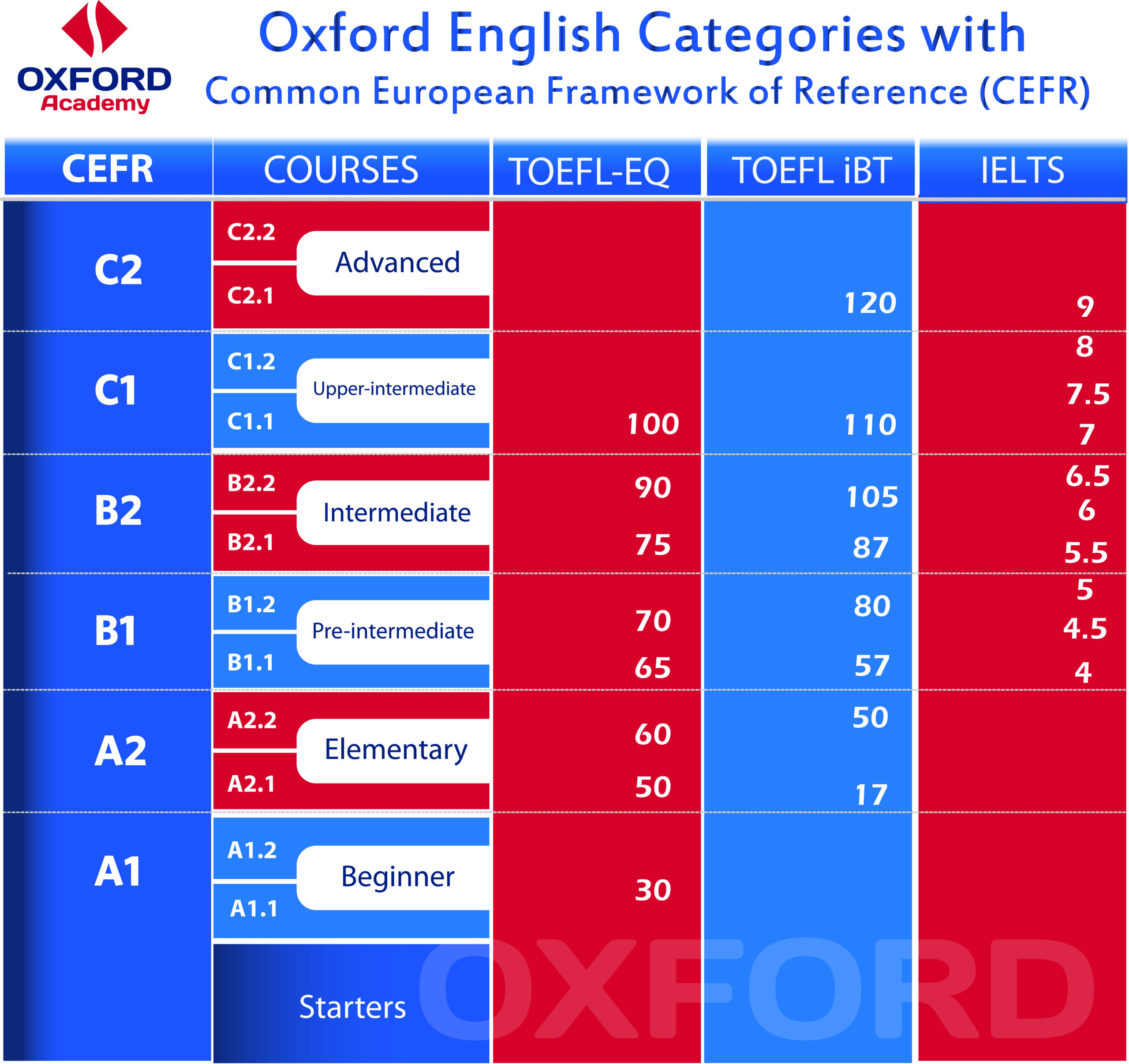An international accreditation body specializing in international accreditation and the quality control of academic, professional, and technical training. It provides international professional accreditation and membership for training institutions, trainers, training packages, and examinations. The body issues and accredits certificates for participants in courses and training activities across most training fields.
Common European Framework of Reference for Languages (CEFR)
What is CEFR?
Common European Framework of Reference for Languages (CEFR)
The CEFR is a universal standard that gives a description of the linguistic level of learners who wish to learn foreign languages other than their mother tongue. It gives an accurate reading of the achievements of the language to other speakers.
European expertise in learning, teaching and evaluating languages has been combined to produce a guide to describe the achievements of foreign language learners throughout Europe and the world. The CEFR system has been produced in its final form, with hundreds of years of experience in teaching foreign languages to non-speakers. In 2001, the CEFR system was adopted to verify the linguistic capacity of non-native speakers, and since then the six reference levels (A1, A2, B1, B2, C1 and C2) represented by the European Standard CEFR have been universally recognized as the most important The efficiency of the individual language Where learning, teaching, and evaluation
The CEFR classification is based on the levels of communication and comprehension in the individual, as well as the knowledge of grammar and grammar. It is divided into six levels and is used to determine language ability for a range of languages, not just English.
What are the CEFR levels
The Common European Framework of Languages (CEFR) consists of six levels starting at level A1 and ending with the level of advanced practical efficiency C2. These levels are A1, A2, B1, B2, C1, and C2 and are distributed as follows:

